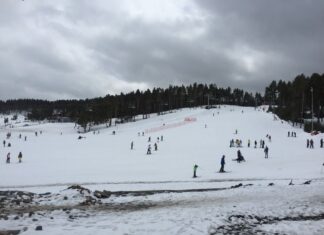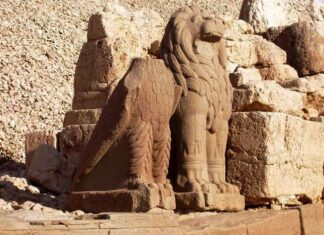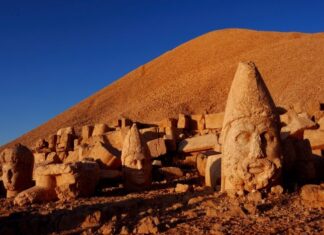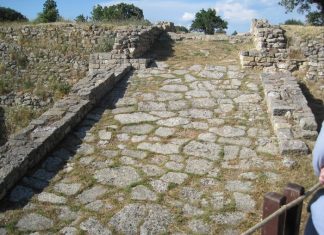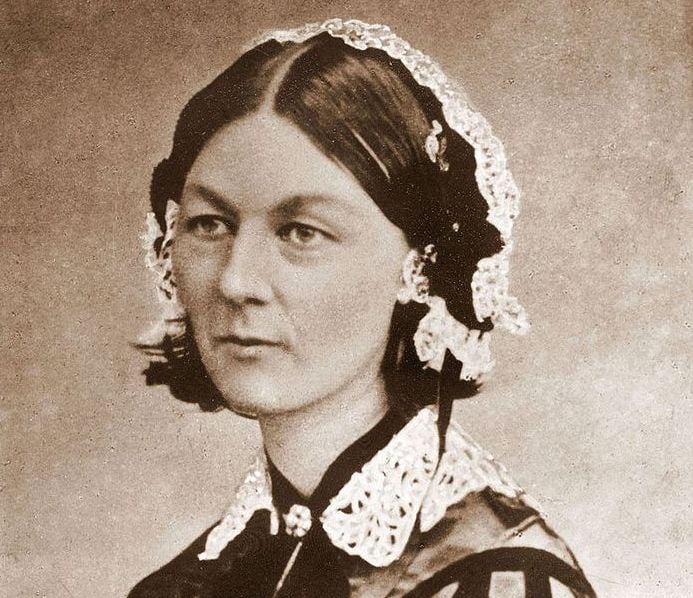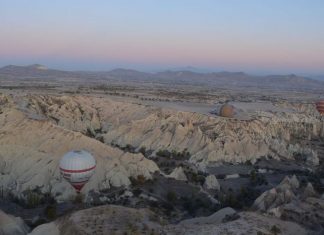admin
The Death of King Boris and German Control
King Boris Seeks a Way Out
Toward the later years of World War II, King Boris III of Bulgaria secretly began negotiating with his father-in-law,...
World War II and Bulgaria
The Molotov–Ribbentrop Discussions
In November 1940, the foreign ministers of the Soviet Union and Germany, Vyacheslav Molotov and Joachim von Ribbentrop, met in Berlin. Molotov...
King Boris and the Central European Powers
Political Instability and Stambolisky’s Role
During the reign of King Boris III, Bulgaria experienced a period of political instability. Different prime ministers came to power,...
Russo-Turkish War and the Treaty of San Stefano
The failure of the European powers to enforce the agreements of earlier conferences led Russia to declare war on the Ottoman Empire in 1877,...
Bulgarian Church Independence
During the 19th century, the Bulgarian national revival gained strength, especially in religion and culture. Bulgarians requested an independent national church because the Greek...
The Turkish Yoke
After the fall of the Second Bulgarian Kingdom in 1393, Bulgaria came under Ottoman Turkish rule, which lasted nearly five centuries. The Ottoman Sultan,...
Controversy Over Modern Greek Translations
Background of the Dispute
In the early 1900s, a serious controversy erupted in Athens over the translation of the Bible into modern Greek. Many scholars...
Language Controversy in Greece
Ancient vs Modern Greek
In the spring of 1902, Athens experienced political riots caused by a dispute over language. Greek scholars are very protective of...
Politics in Greece
The Burden of Politics
Politics has long been called the curse of Greece. The country is small, its financial and industrial resources are limited, and...
The Story of Abou Hassan the Wag or the Sleeper Awakened part 3
After this the caliph said to his host, O Abou Hassan, is there any service that thou wouldst have performed, or any desire that...



